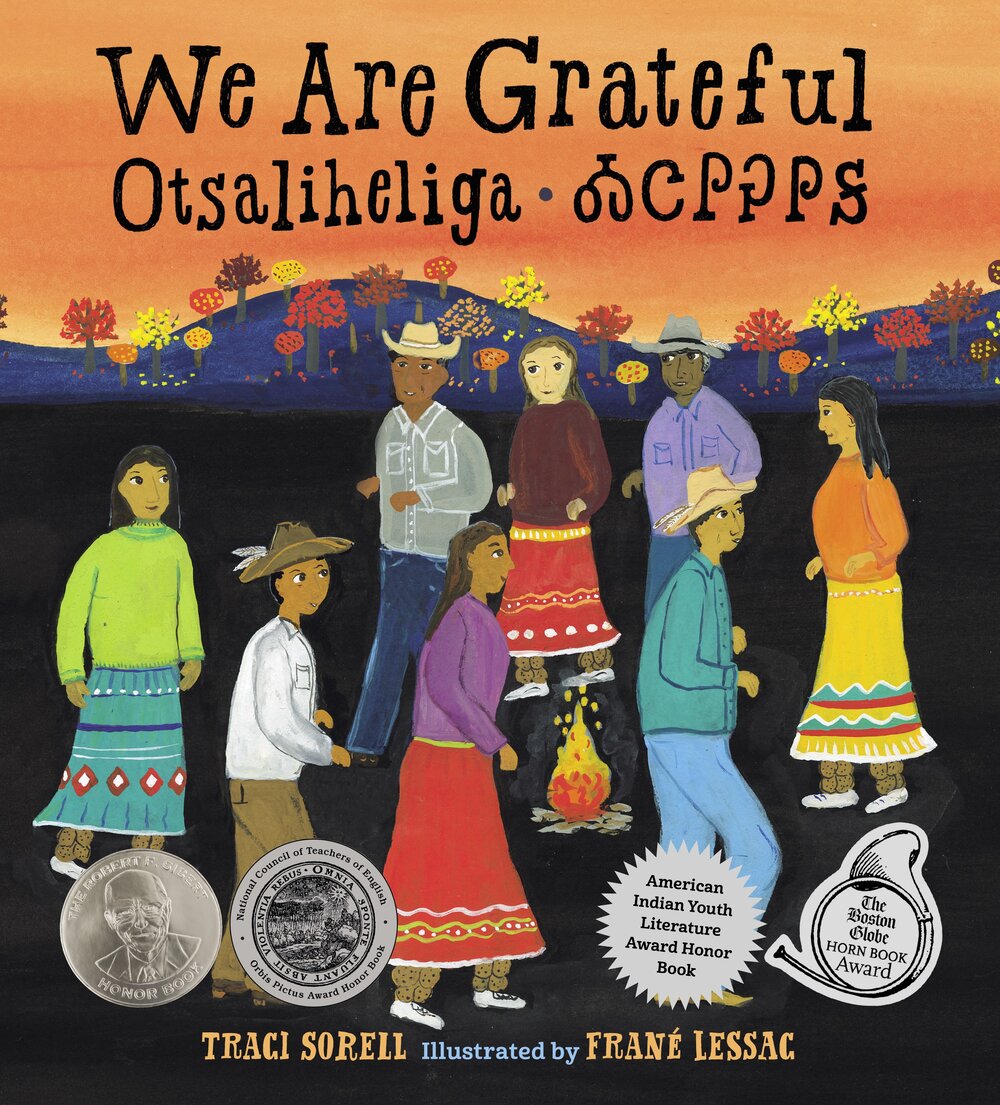As COVID-19 deaths spiked in 2020, Suzanne Firstenberg’s public art installation "In America: How could this happen…"
Museum Artifacts

Grade Range:
K-12
Resource Type(s):
Artifacts
Date Posted:
1/2/2022
The blue dress worn by Constance Wu in the film "Crazy Rich Asians." The film was the first Hollywood film to star a mostly East Asian cast since 1993's "The Joy Luck Club." The Marchesa dress is a Grecian-style dress with light blue tulle.
Learn more about the artifact!

Grade Range:
K-12
Resource Type(s):
Artifacts, Primary Sources
Date Posted:
12/16/2010
Physical Description
Light khaki jacket with blue facings with epaulettes and gold-colored buttons. Wool felt hat with cotton braids and gilt threads.
Specific History
Jacket and hat worn by Colonel Leonard Wood in Cuba.
While serving as an assistant su

Grade Range:
K-12
Resource Type(s):
Artifacts, Primary Sources
Date Posted:
7/1/2008
The family fallout shelter represents the public policy assumptions of the atomic age, namely, that with enough preparation, the American family and with it the nation's social and political fabric would survive a nuclear attack. This free-standing, double-hulled steel shelter was installed benea

Grade Range:
K-12
Resource Type(s):
Artifacts, Primary Sources
Date Posted:
2/11/2009
The process of manufacturing such baskets is called "sewing," but it is actually a process of binding and coiling long strands of grass. In the wetlands, two kinds of grasses are used; "sweetgrass," and more recently, black rush, also known as "bullrush." Strips of oak wood, or palmetto fronds ar

Grade Range:
K-12
Resource Type(s):
Artifacts, Primary Sources
Date Posted:
3/5/2009
By the 1700s, samplers depicting alphabets and numerals were worked by young women to learn the basic needlework skills needed to operate the family household. The earliest dated sampler in the museum's collection was made in 1735 by Lydia Dickman of Boston, Massachusetts.

Grade Range:
K-12
Resource Type(s):
Artifacts, Primary Sources
Date Posted:
11/6/2008
Many of the surgical sets used during the American Civil War were made to the specifications of the Union Army. This Civil War surgical set was made by George Tiemann & Company of New York City. Tiemann, who emigrated to America from Germany in 1826, was considered one of the finest surgical

Grade Range:
K-12
Resource Type(s):
Artifacts, Primary Sources
Date Posted:
11/4/2008
This is a patent model of a sewing machine invented by John Bachelder of Boston, Mass., who was issued Patent No. 6439 on May 8, 1849. In his patent specification he claims "As my invention or improvement in the sewing machine is the combination, with the endless cloth-holder, of the curved bar o

Grade Range:
K-12
Resource Type(s):
Artifacts, Primary Sources
Date Posted:
9/25/2009
Following the Treaty of Guadalupe Hidalgo and the annexation of Texas, the land claims of many Mexican families were not respected, either by the new English-speaking settlers or by the U.S. government. Dispossession from family- and community-owned lands dealt a severe economic blow to the livel

Grade Range:
K-12
Resource Type(s):
Artifacts, Primary Sources
Date Posted:
10/27/2008
Yorick is a plastic male skeleton imbedded with electronic and mechanical devices used to replace worn body parts. Yorick was created by Ed Mueller, an engineer in the Division of Mechanical and Material Sciences at the United States Food and Drug Administration (FDA), in Washington, D.C.

Grade Range:
K-12
Resource Type(s):
Artifacts
Date Posted:
11/1/2016
Shave Head uses a two-level drawing shows a buffalo hunt with four wounded animals, and a separate hunt and the wounding of an elk. The Cheyenne warriors wear full headdress and four of the five also wear their mountain lion bow and quiver, symbolically powerful pieces of hunting gear.



















